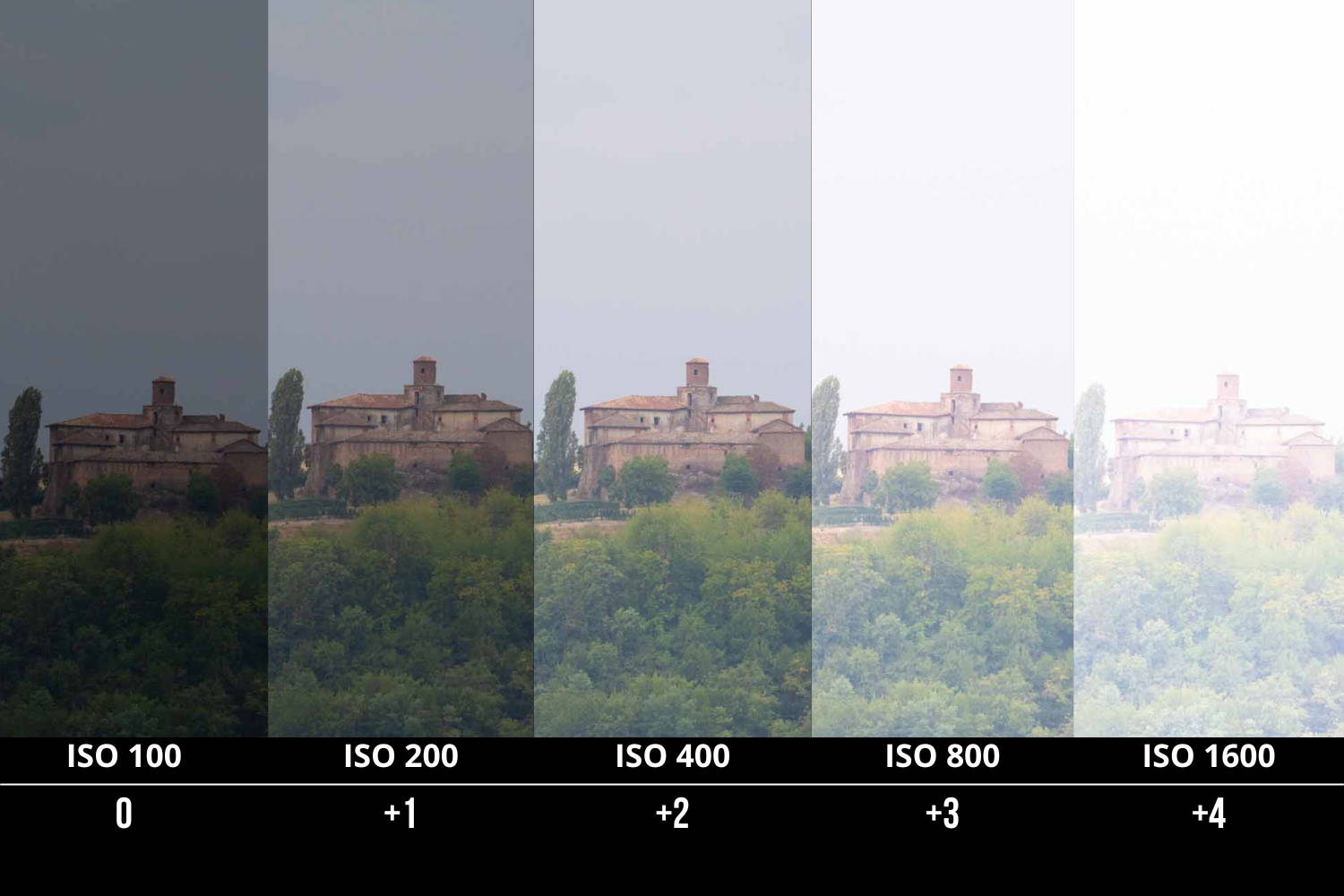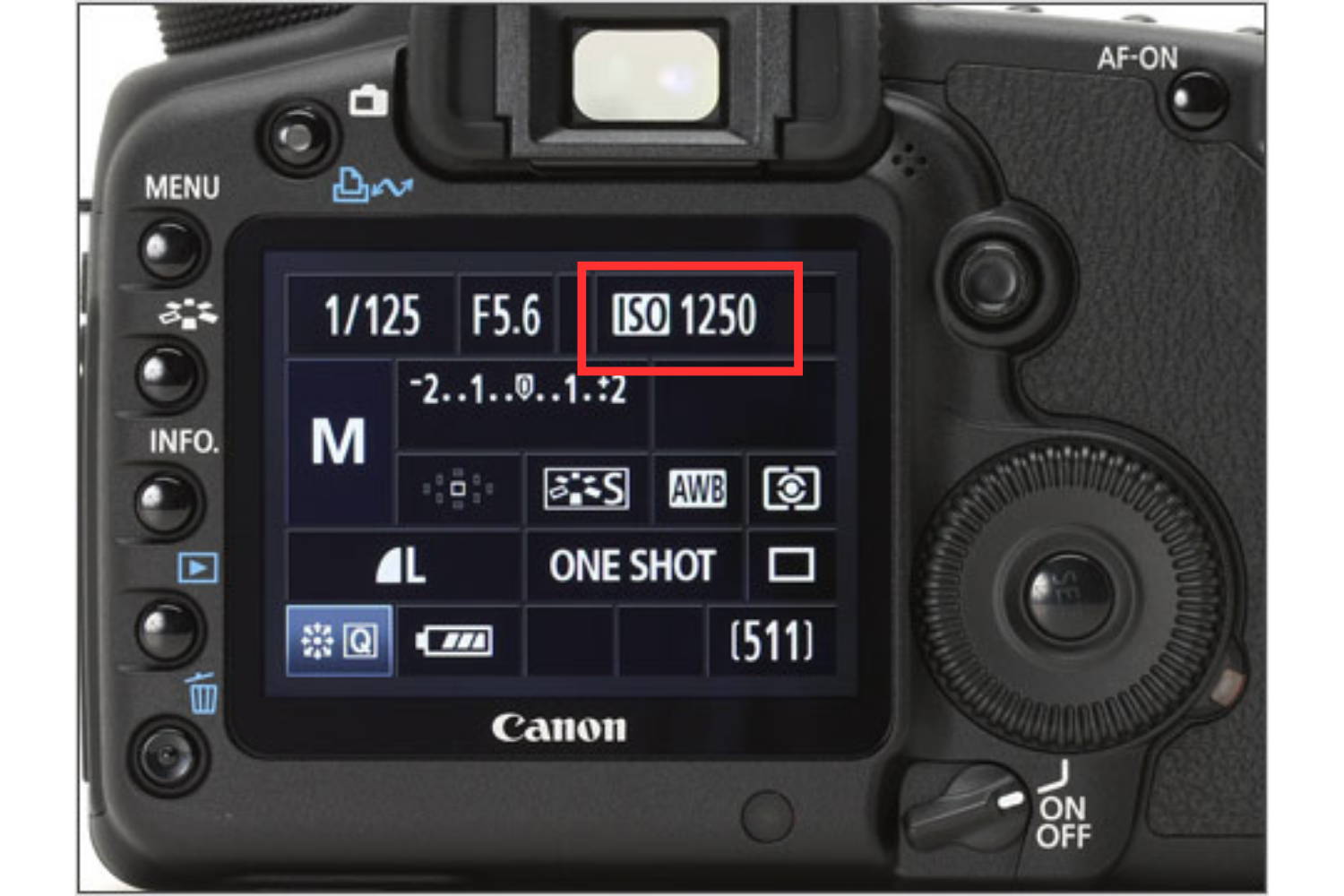Notice how the increments of the ISO value are always double the previous value. In other words, you will never find an ISO value of 537.
The +1, +2, +3, below indicate the STOPS. In photography, a STOP refers to doubling or halving a certain parameter. For instance, if I were looking at one of your photos and noticed that it needs double exposure in order to be well-balanced, instead of saying "increase the ISO from a value of 400 to a value of 800", I could simply say "increase the ISO by one STOP".
The STOPS are photography's universal language and proves highly useful in chaotic scenarios where there's no time to list all the values of every parameter, like fashion shootings with tens of photographers, models and assistants.
But the ISO isn't only useful in low-light conditions; it can be extremely useful in situations with excessive light as well.
Imagine you're taking a photo under the hot midday sun. You've already set the shutter speed to the maximum value, the aperture is fairly closed, but the photo still appears overexposed.
You check the settings and realize that the ISO is set to 800. Oops!
You now can decrease the ISO to the minimum value, like 100 or 50, and voilà! You'll most likely be able to take a good photo even in super-bright scenarios.
But what if even after setting the minimum ISO value, the photo is still too bright?
1. Seek shade, cause you're about to get roasted buy the sun.
2. Use an ND filter (Neutral Density). It's a filter designed specifically to block a certain percentage of the light that hits it. But that's a topic for another guide.
















